What were your favorite movies as a child? Most Gen Z and millennials grew up watching animated Disney, Warner Bros., and DreamWorks classics, from Cinderella to The LEGO Movie to How to Train Your Dragon. Disney XD, Nickelodeon, and Cartoon Network dominated our early days with Phineas and Ferb, Spongebob Squarepants, The Amazing World of Gumball, and other memorable programs. But often, when people age, they disregard animation due to the stigmatization of the art being solely for children. Because of this faulty mindset, people miss out on the incredible stories told in 2D and 3D.
Distinct directional approaches to animation
In Eastern societies like Japan, animation has been taken seriously for decades, with companies like Studio Ghibli (Spirited Away, Ponyo) becoming global household names. Anime series and films are numerous and varied, with diverse content suitable for mature and younger audiences. Even content rated for children is laced with deeper sentiments and morals, like Studio Ghibli’s intense anti-war film Grave of the Fireflies.
However, in our Western world, mainstream animated cinema and television are only starting to branch out to more diverse audiences. Looking back at the past 45 years of Emmy Award for Outstanding Animated Program winners, almost every award has gone to a family-focused or lighthearted program, like Garfield, The Simpsons, and Bob’s Burgers. Most Academy Awards for Best Animated Feature have been given to children’s movies as well, primarily produced by Disney-Pixar and DreamWorks. This isn’t to undermine the artistry, labor, and impactful storytelling of these shows and films, but with the domination of younger media, there are limited opportunities for more innovative productions to shine. This also reinforces the stigma that animation is made solely for younger viewers, because people have been conditioned to associate animation with the likes of Frozen.
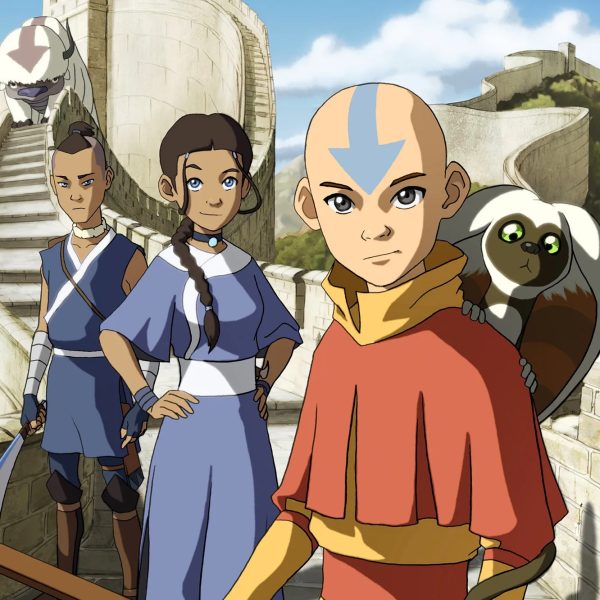
Animation breaks boundaries
Along with bringing fantastical worlds to life, animated cinema and television can also provide greater representation and moral depth than traditional TV and film. An excellent example is Arcane, a TV-14 animated series based on the videogame League of Legends. The show rose to the top of the charts on Netflix in 65 countries with the release of its second and final season.
Arcane seamlessly wove diverse plotlines and characters into its script, with key players being openly LGBTQ+, people of color, differently abled, neurodivergent, chronically ill, and more. The program also showcased a variety of body types and ages, all while encompassing a powerful commentary on class and glory. Each episode was fueled with extraordinary visual artistry, a riveting soundtrack, unforgettable battles, and characters that felt more human than those of many live action shows.
Arcane is a remarkable example of how when the right artists receive enough funding and support (backed by Riot Games, Fortiche studio, and $250 million), compelling, mature, and visually striking animation can not only be created by independent companies, but also celebrated on a major level. The show astounded a wide audience with a 100% rating on Rotten Tomatoes.
All in all, I encourage people to look beyond the barriers of stylization, maturity, and stigmatization in the expansive world of animation. Maturity ratings should always be considered for younger viewers, but older viewers shouldn’t automatically be deferred from a production simply due to its guidelines. Youth-friendly programs and films like Avatar: The Last Airbender and The Mitchells vs. the Machines can have significant sentiments for viewers of any age. When we open our minds beyond clear-cut realism, we learn to see ourselves and our surroundings in a brand new way.


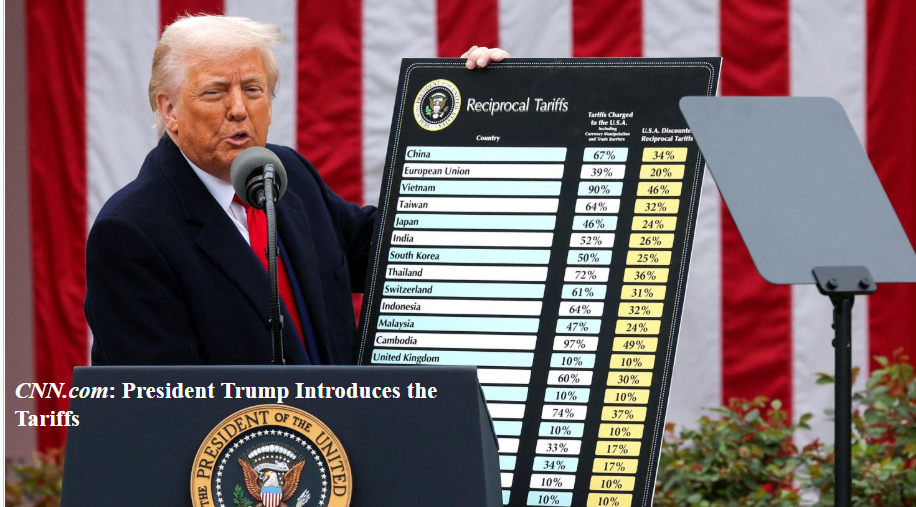



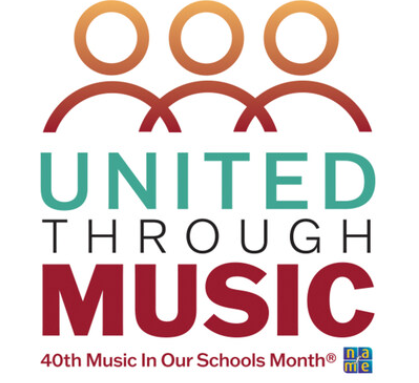




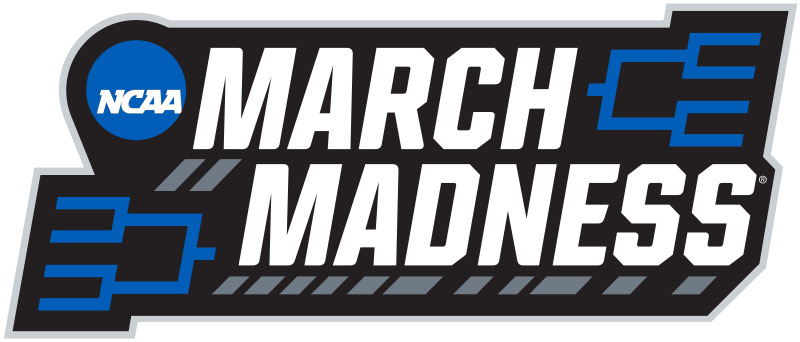

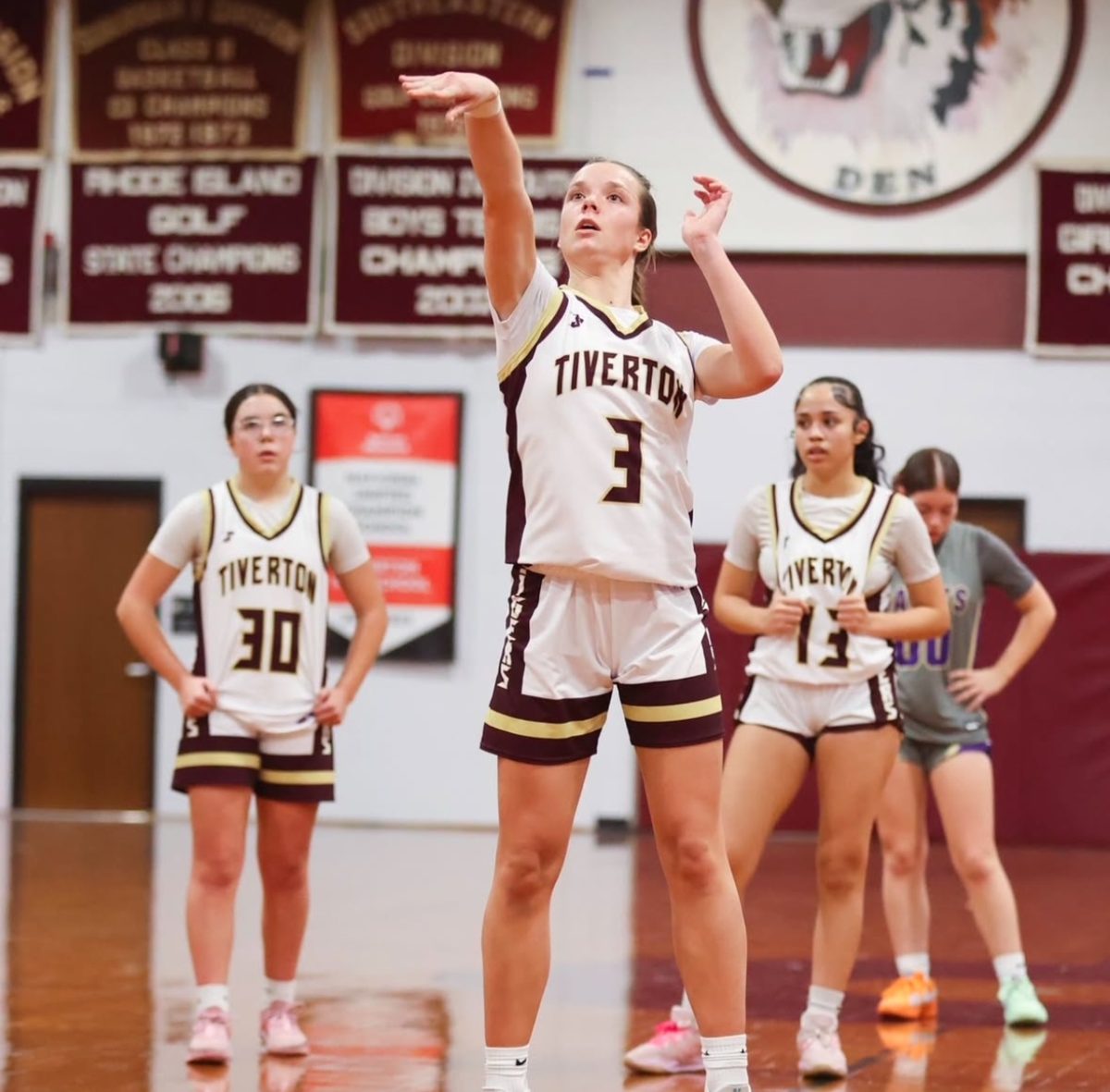
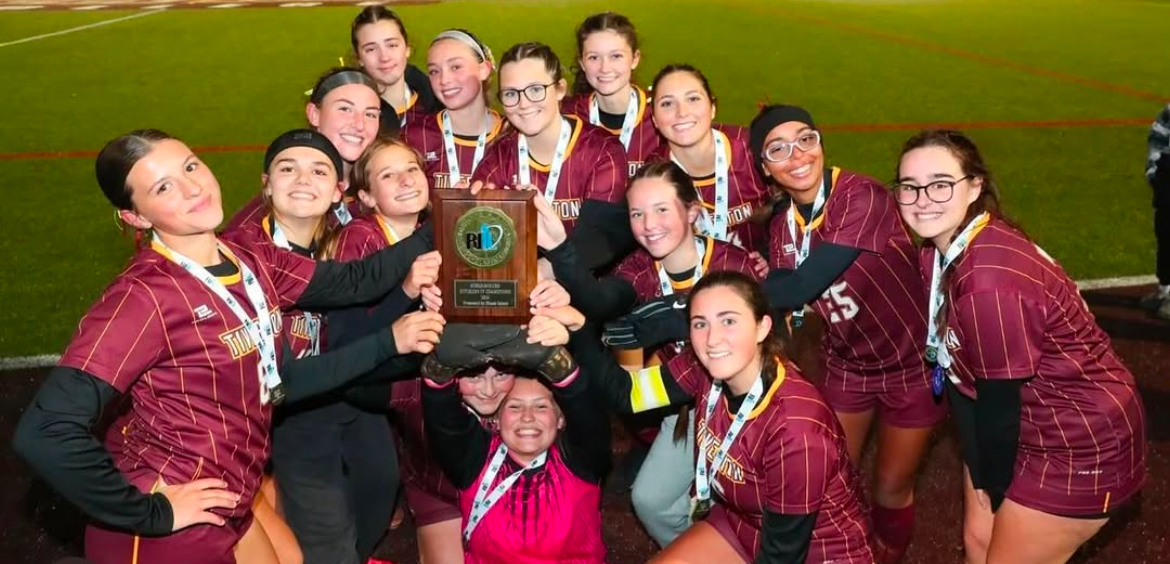


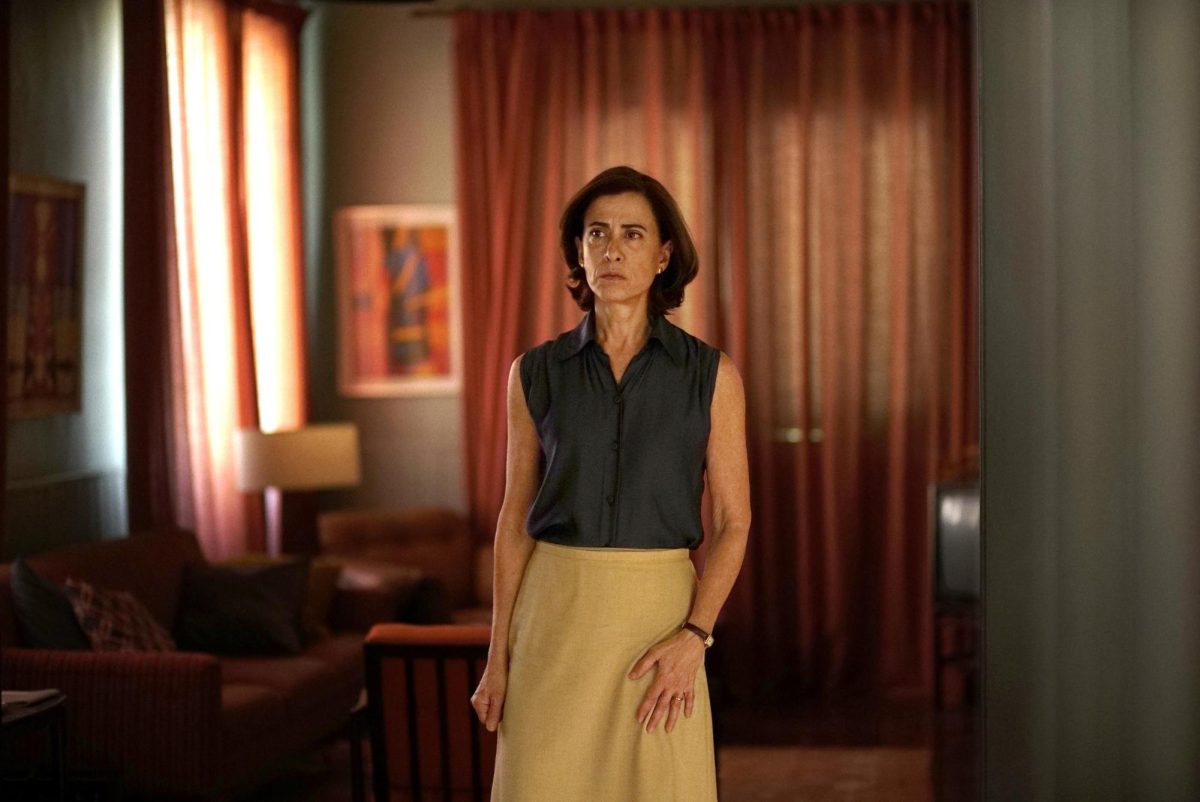

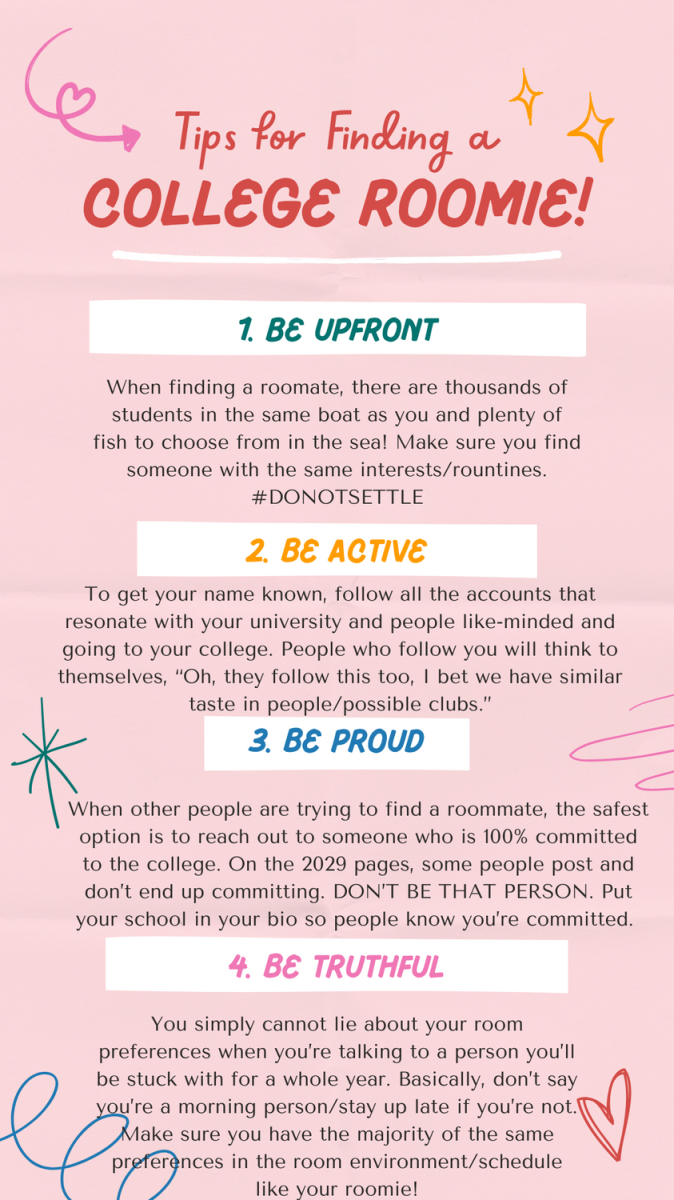



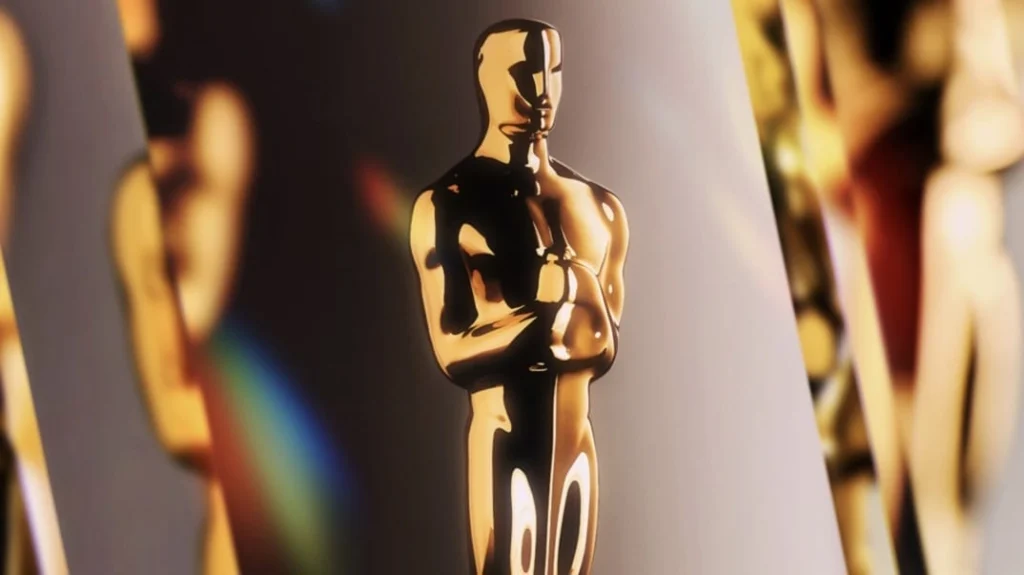

Tyler Abrantes • May 22, 2025 at 11:45 am
I agree